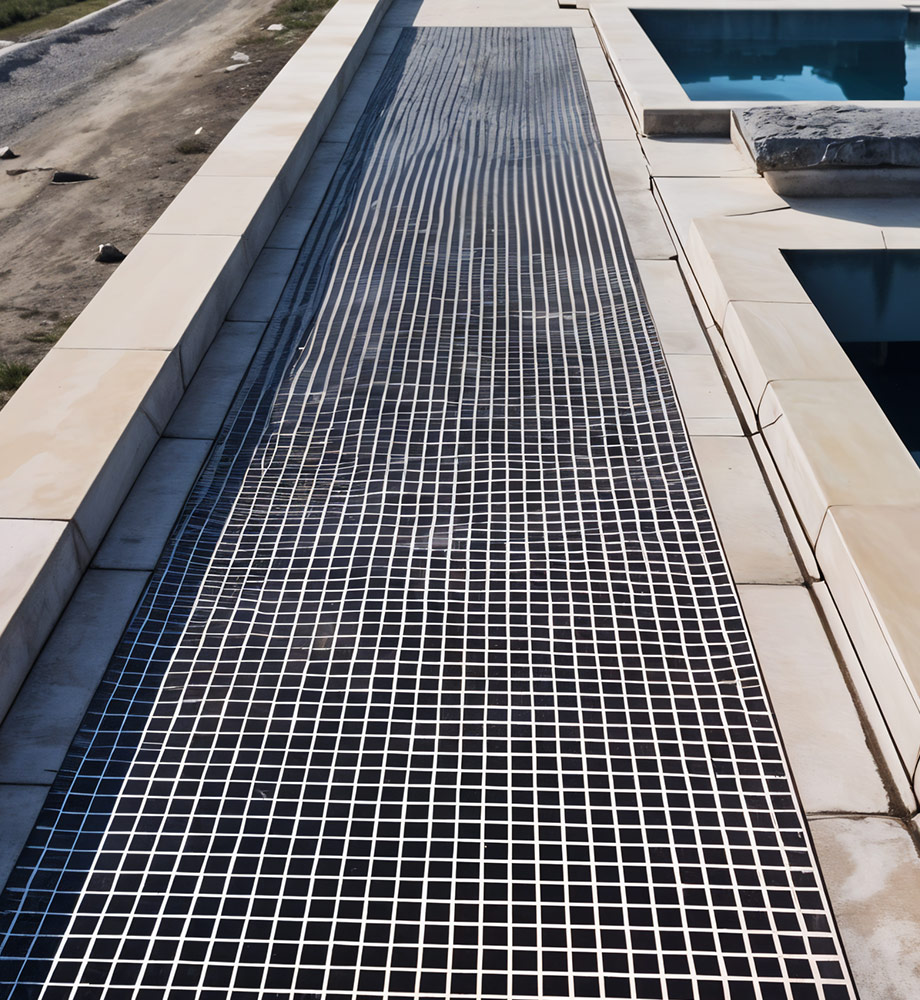Key Features
- Fiberglass-resin composite plates; uniform color for 360° strength; optional gritted or patterned surface for traction; stainless-steel inserts or handles for lifting.
Benefits
- High load-bearing capacity (handles foot and occasional vehicle traffic); impervious to moisture and chemicals (won’t corrode); very light for easy removal; electrical insulation (safe in electrical trenches).
Applications
- Covers for cable trenches, maintenance pits, drainage channels; overhead machine trenches in factories; lift-off covers in petroleum or chemical plants; general floor hatch covers.
Technical Specifications
- Available in standard widths (500–1000 mm) and lengths up to 4 m; cover plate modules often come in 2–5 m lengths. Load rating designs typically carry 1–5 kN point loads per ASTM D790 or EN 13706. FRP thickness from ~6 mm (for pedestrian) up to 15+ mm for heavy-duty.
Unique Selling Points (USPs)
- FRP trench covers combine the strength of metal plates with a fraction of the weight. They resist slip and stain, and can be made with high-visibility stripes or safety colors (embedded UV pigments). Moreover, they are non-magnetic and electrically insulating, enhancing worker safety in utility applications.

